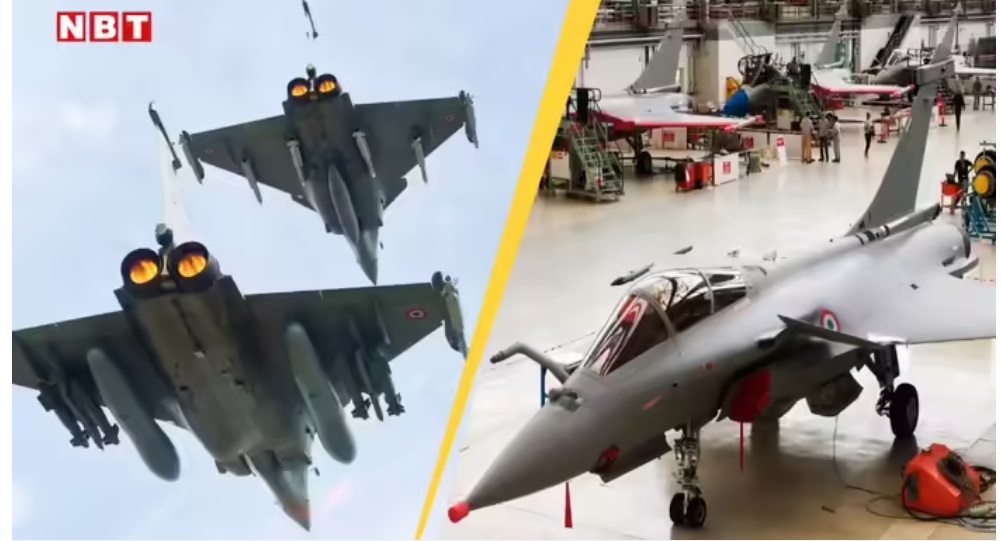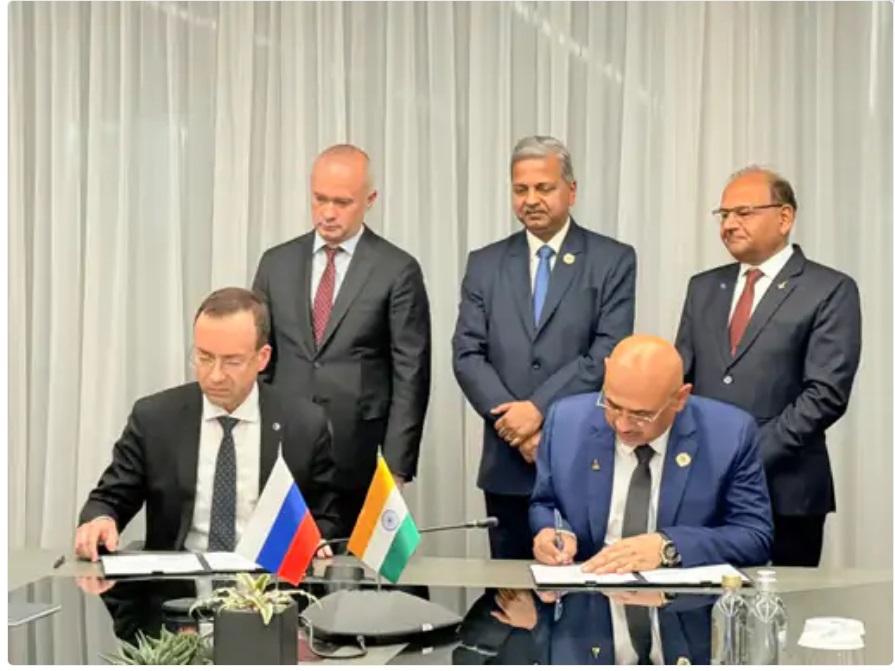Air India Pilots Grounded Over Expired Licences, Unchecked Training
Scheduling lapses continue to trouble Air India, nearly five months after the DGCA reprimanded the carrier for regulatory violations. Two pilots have now been grounded, one for flying with a lapsed English Language Proficiency license and another for operating a flight without completing mandatory corrective training after failing a proficiency check. Two Air India Pilots Grounded The latest incidents highlight persistent gaps in Air India’s rostering and compliance monitoring systems. The airline confirmed that an Airbus A320 co-pilot operated a flight despite failing his Instrument Rating–Pilot Proficiency Check and skipping the required retraining. As stated by the procedure, pilots who fail the PPC must complete corrective training and undergo another evaluation before returning to flight duty. Air India stated that both the co-pilot and the scheduling officer responsible were “off-rostered” as soon as the error was detected, and disciplinary action was initiated. The airline said the event had been reported to the DGCA for review. In another case, a senior captain commanded an A320 flight despite holding an expired ELP certificate, a mandatory qualification for operating any commercial flight. Air India confirmed the violation with TOI, grounding the pilot and reporting the incident to the regulator. Regulator’s Ongoing Oversight The DGCA has sought a detailed report from Air India on both incidents, calling them serious breaches of flight safety compliance. The regulator had earlier identified “systemic failures” in Air India’s scheduling processes, including lapses in licensing, rest, and recency requirements. Following a June 12 incident involving a near miss after takeoff from Delhi, the DGCA had warned Air India of strict enforcement measures. The regulator removed three senior officials from their crew scheduling duties and warned that future violations could result in heavy penalties or the suspension of the airline’s operator license. Systemic Accountability and Future Compliance Aviation safety experts are of the opinion that repeated oversights indicate deeper issues in Air India’s internal monitoring mechanisms. They contend that compliance systems must flag expired qualifications automatically before any pilot is rostered for duty. While Air India has taken internal action and reinforced its audit processes, the recurrent nature of these errors continues to raise concerns over the dependability of its flight operations management. The DGCA’s constant scrutiny suggests that stricter enforcement could follow if systemic improvements are not apparent soon. Source: Times of India










